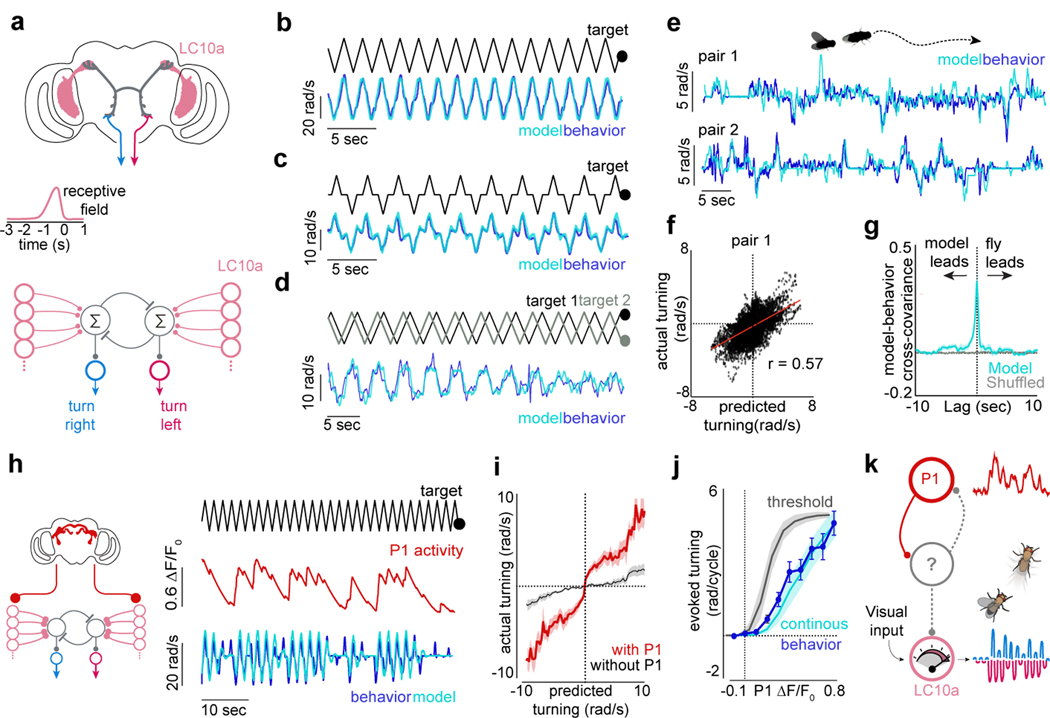Figure 4 |. A network model of LC10a neurons recapitulates male pursuit.
a, Proposed anatomy of the LC10a circuit with LAL neurons (grey) and descending neurons (blue/red) (top), LC10a temporal receptive fields (middle), and network model (bottom). b-d, Predicted versus actual turning of aroused males to (b) a single target, (c) to a single target that pauses for 500ms in front of the male, and (d) to two targets oscillating at different frequencies. e, Examples of predicted versus actual turning of males during free courtship. f, Predicted versus actual turning velocity across a free courtship trial (pair 1; r = 0.56). g, Average normalized cross-covariance between predicted and actual turning during free courtship vs. shuffled controls. h, Schematic of network model incorporating P1 activity (left), and example of actual versus predicted turning when P1 activity (red) is included in model (right). i, Actual versus predicted turning of courting males for models with and without P1 activity. j, Total ipsiversive turning in response to a stimulus sweep versus P1 activity (ΔF/F0), as predicted by a continuous or threshold model. Average behavioral data in blue. k, Schematic of the segregated circuit in which P1 activity regulates LC10a gain. Shaded line plots are mean±s.e.m.; Details of statistical analyses and sample sizes are given in Supplementary Table 1.

